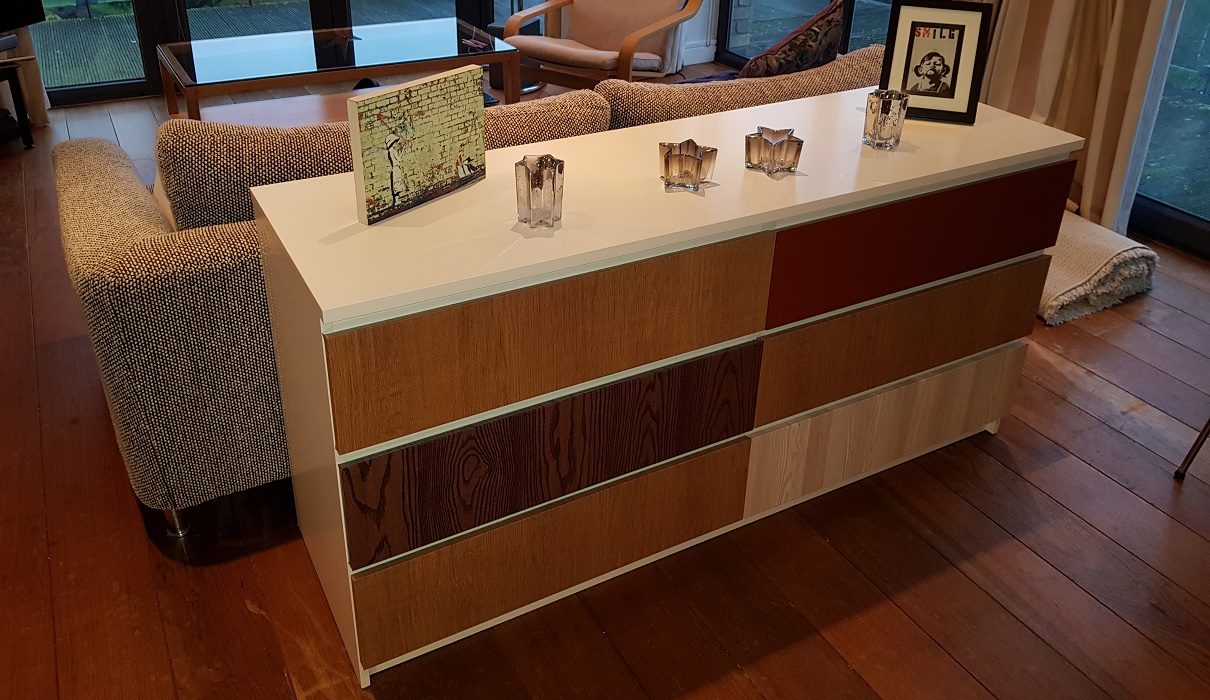How the DISC Personality Test Can Enhance Communication in the Workplace

In the dynamic landscape of the modern workplace, effective communication is a cornerstone of success. Understanding how individuals communicate, process information, and interact with others is crucial for fostering collaboration and creating a harmonious work environment. One powerful tool that aids in achieving this understanding is the DISC Personality Test. In this blog, we’ll explore how the DISC model from various talent assessment tools like Testlify can enhance communication in the workplace and contribute to overall team effectiveness.
Understanding the DISC Personality Test
The DISC Personality Test is based on the DISC model, which identifies four primary personality traits: Dominance (D), Influence (I), Steadiness (S), and Conscientiousness (C). Each trait represents a distinct way in which individuals approach tasks, interact with others, and handle challenges. Understanding these personality types can provide valuable insights into communication preferences and styles.
Tailoring Communication Styles
One of the key benefits of the DISC Personality Test is its ability to help individuals tailor their communication styles to better connect with others. For example:
Dominance (D):
Individuals with dominant traits are assertive, results-oriented, and direct. When communicating with D-types, it’s essential to be concise, focused on outcomes, and open to a more direct exchange of ideas.
Influence (I):
I-type individuals are social, enthusiastic, and persuasive. To communicate effectively with them, use a more social and engaging approach. Allow space for them to express themselves and share ideas openly.
Steadiness (S):
S-type individuals value stability, harmony, and collaboration. Communication with S-types should be supportive, patient, and focused on building relationships. Provide clear expectations and reassurance.
Conscientiousness (C):
Individuals with conscientious traits are analytical, detail-oriented, and systematic. When communicating with C-types, ensure clarity, provide data and facts, and be open to thorough discussions.
Improving Team Dynamics
In a workplace comprised of diverse personalities, effective team dynamics are essential. The DISC model can foster a better understanding and appreciation of individual contributions, leading to improved collaboration and productivity.
Reducing Conflict:
By understanding the communication preferences of team members, potential conflicts arising from miscommunication can be minimized. Recognizing that different personalities may approach tasks differently allows for more effective conflict resolution.
Enhancing Team Communication:
When team members are aware of their own and their colleagues’ personality traits, they can adapt their communication styles to ensure that messages are conveyed in a way that resonates with everyone. This adaptability enhances overall team communication.
Leadership Effectiveness
Leadership is not a one-size-fits-all role, and the DISC Personality Test recognizes that. Leaders who understand their communication style and the styles of their team members can adapt their leadership approach to meet the diverse needs of the group.
Adaptive Leadership:
The DISC model promotes adaptive leadership, where leaders can flex their communication styles to motivate and engage team members more effectively. For example, a leader with a dominant style may need to adjust their approach when working with team members who prefer a steadier, more collaborative environment.
Building Trust:
Trust is a critical element in leadership. When leaders demonstrate an understanding of individual personalities and communicate in a way that aligns with those preferences, trust is strengthened. Team members feel heard and valued, contributing to a positive and productive work environment.
Personal Development
The DISC Personality Test not only aids in understanding others but also facilitates personal development. Individuals can use their insights to identify areas for growth, enhance their communication skills, and build stronger professional relationships.
Self-Awareness:
The test encourages self-awareness by providing individuals with a deeper understanding of their communication style. Armed with this knowledge, individuals can identify their strengths and areas for improvement, leading to personal and professional growth.
Conflict Resolution:
Individuals can learn strategies for navigating conflicts based on their personality traits. This proactive approach to conflict resolution is rooted in understanding and appreciation for different communication styles.
Conclusion
In conclusion, the DISC Personality Test from tools like Testlify is a powerful tool for enhancing communication in the workplace. By fostering an understanding of diverse communication styles, it promotes effective collaboration, reduces conflict, and contributes to the overall success of teams and organizations. As workplaces continue to embrace diversity, recognizing and valuing individual differences in communication preferences becomes paramount for creating a thriving and harmonious work environment.



